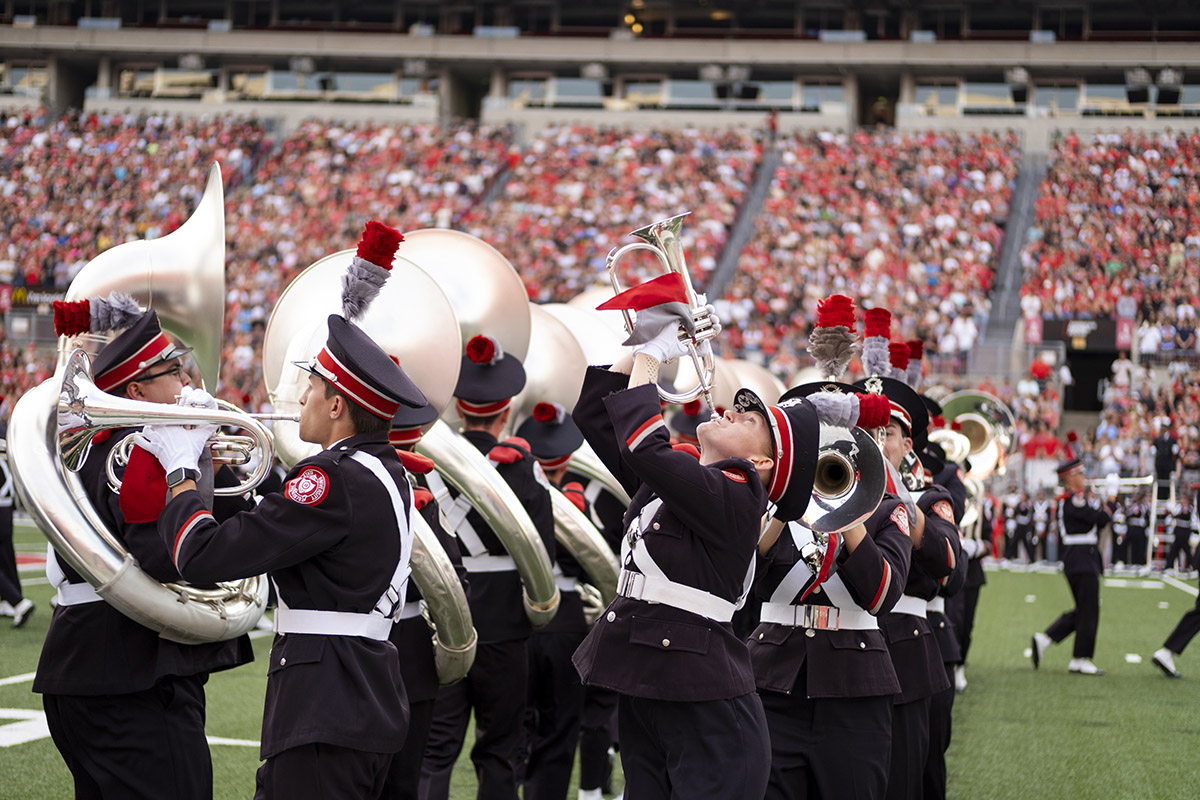How Sloopy became a Buckeye
An Ohio State tradition since 1965
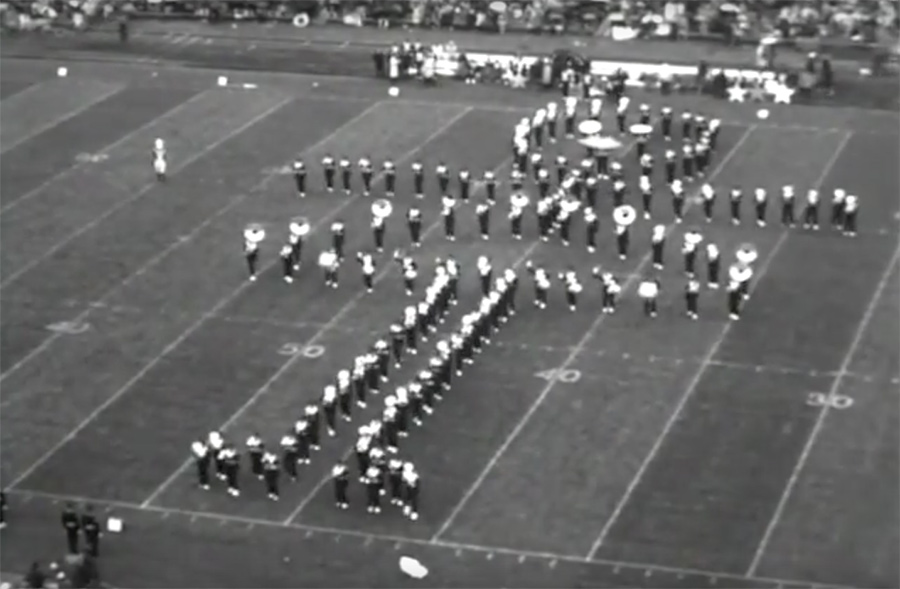
Traditions are a big deal around the Ohio State campus on Saturdays in the fall.
From family tailgates, where strands of lucky buckeye necklaces are worn, to a sousaphone player taking a grand bow as the “i” is dotted in Script Ohio — all of it thrills students, alumni and fans. It brings us together.
And, at the end of the third quarter, you can count on Ohio Stadium erupting into dancing as The Ohio State University Marching Band performs “Hang on Sloopy.”
But how did this song become part of Buckeye culture over the last 50-plus years?
1964: ‘My Girl Sloopy’ first recorded
Bert Berns, a successful producer and songwriter with Atlantic Records in New York City, met with The Vibrations.
An established black rhythm and blues group from Los Angeles, The Vibrations are a well-known act in New York, too. They already produced more than 20 records, performed at the Apollo Theatre and toured on the so-called “Chitlin’ Circuit” with other popular R&B acts.
Berns was respected in the R&B industry as well. He already wrote and produced “Twist and Shout” with the Isley Brothers and “Cry to Me” with Solomon Burke.
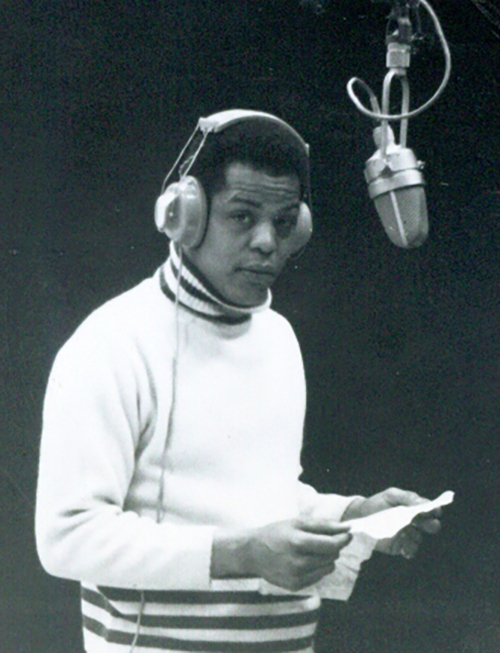
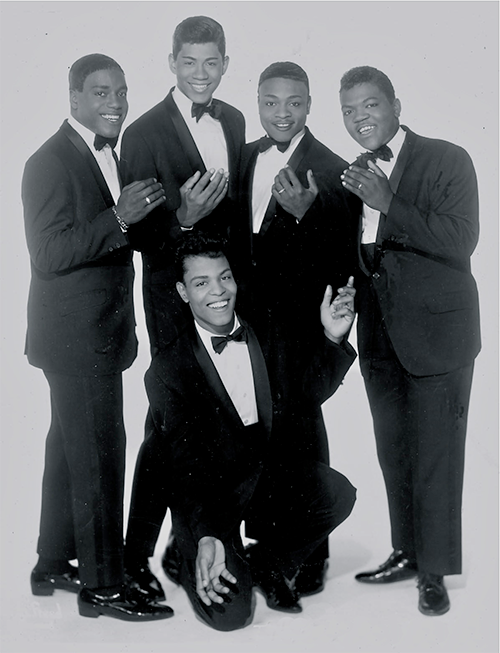
The producer’s work was influenced heavily by the Latin music he grew up listening and dancing to in the Bronx. That sound is prominent in a new song Berns and fellow songwriter Wes Farrell want The Vibrations to sing: “My Girl Sloopy.”
“I didn’t think much of it until I heard the band behind it,” singer Carl Fisher says. “It was a conjunto Latin section that did it. When I heard it like that, it really stood out. I really liked it because it had a groove.”
The Latin arrangement by Teacho Wiltshire — complete with a percussion section that included timbales and tangos — gave the song an Afro-Cuban feel. It reached No. 26 on the pop chart, and Berns and The Vibrations went their separate ways.
Video is an audio track for the song "My Girl Sloopy" by The Vibrations in 1964. Read the lyrics for the song.
Video is an audio track for the song "Hang on Sloopy" by The McCoys in 1965. Read the lyrics for the song.
Captions not needed: The only sound in this video is background music.
1965: ‘Hang on Sloopy’ is born
In 1965, Berns continued making records with other groups under the Bang Records label. He soon had another song rising quickly on the pop charts with The Strangeloves: “I Want Candy.”
Billed as a band of brothers from the Australian outback, the Strangeloves actually were songwriter-producers born and raised in New York City boroughs: Bob Feldman, Richard Gottehrer and Jerry Goldstein.
The trio caught a show at a nightclub featuring The Vibrations, who sing “My Girl Sloopy.” Feldman told Impact in a 2014 interview that The Strangeloves were thrilled when they heard the original piece and decided to arrange their own rock ’n’ roll version.
They renamed it “Hang on Sloopy” and begin playing it with pop tour groups touring the country.
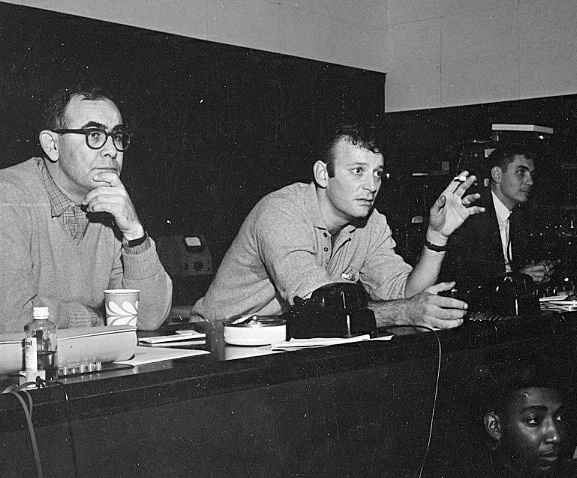
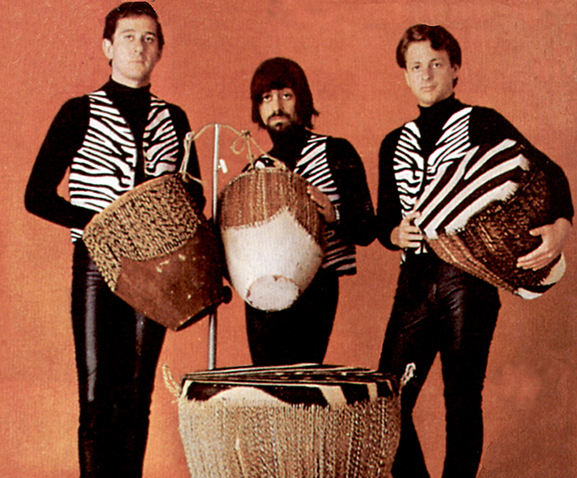
Rock history 101
Artists having their music taken and re-recorded by other groups?
This type of thing happened frequently in the 1950s and 1960s, according to Austin McCabe Juhnke, a lecturer in Ohio State’s School of Music who teaches courses on the history of rock ’n’ roll.
Aware that the teenage market had buying power and was open to a new kind of music than previous generations — but that their parents were resistant to blending racial and cultural boundaries of the time — record companies would simply re-record songs and release them with white acts.
“You start to get covers by white performers that are performing songs that had already existed, already been performed by black musicians,” McCabe Juhnke explains. “It’s about making money.”
For example, Berns’ “Twist and Shout” that was originally recorded with the Isley Brothers often is more closely associated with The Beatles. Elvis Presley, famously dubbed the “King of Rock ’n’ Roll,” was mimicking the performances of black artists with many of his earliest hits.
“Hang on Sloopy,” McCabe Juhnke says, “is a microcosm of what was happening more broadly during this time period.”
1965: A race to the studio
“Hang on Sloopy” was a hit with live audiences for The Strangeloves on tour, according to Feldman. But another group on tour with them, the Dave Clark Five, revealed plans to record “Hang on Sloopy” when they returned to England.
“Stealing happened a lot,” Feldman says with a laugh.
Not wanting to get beaten in the release, The Strangeloves vowed to return to New York to cut their own single as soon as they finish their last show near Dayton, Ohio.
It’s at that last show that they encounter a local teenage band, Rick and the Raiders. The lead singer Rick Zehringer made quite an impression.
Feldman said it was clear that Zehringer (who later changes his name to Rick Derringer) would be the perfect vocalist for “Hang on Sloopy.”
“We got their parents to come down to the gym and sign a contract that night,” Feldman says. “The whole way to New York (the teenagers) were fighting in the back seat like a bunch of little kids, and we told them they were just like the Hatfields and the McCoys.”
Feldman, Gottehrer and Goldstein used their connections in New York to record “Hang on Sloopy” with the newly renamed group, The McCoys. They knew they had a hit on their hands, and they interrupted Berns’ vacation in the Catskills to share the record with him.
He was thrilled.
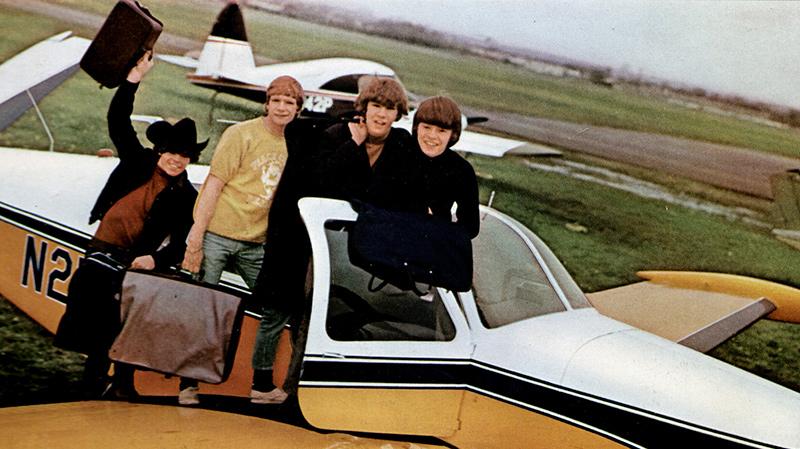
1965: A student hears a song
“Hang on Sloopy” was released during the summer of 1965 and getting serious play on radio stations nationwide about the same time John Tatgenhorst, a percussion student at Ohio State, was working at the Ohio State Fair.
During a break, Tatgenhorst heard “Hang on Sloopy” over the speakers along the midway and thought it could work for a marching band.
Tatgenhorst wasn’t a member of The Ohio State University Marching Band, but one of his professors, Charles “Charlie” Spohn, was its director.
Spohn, an award-winning professor and respected researcher in the field of music education, had been giving some of his students the opportunity to arrange music for game performances. While Tatgenhorst had arranged music for the marching band before, Spohn is not interested in “Hang on Sloopy” at first.
Spohn changed his mind in the fall of 1965, when he was pulling together a halftime show celebrating the arts. He thought it would be whimsical to transition from Tchaikovsky’s “Waltz of the Flowers” to a more modern piece of music.
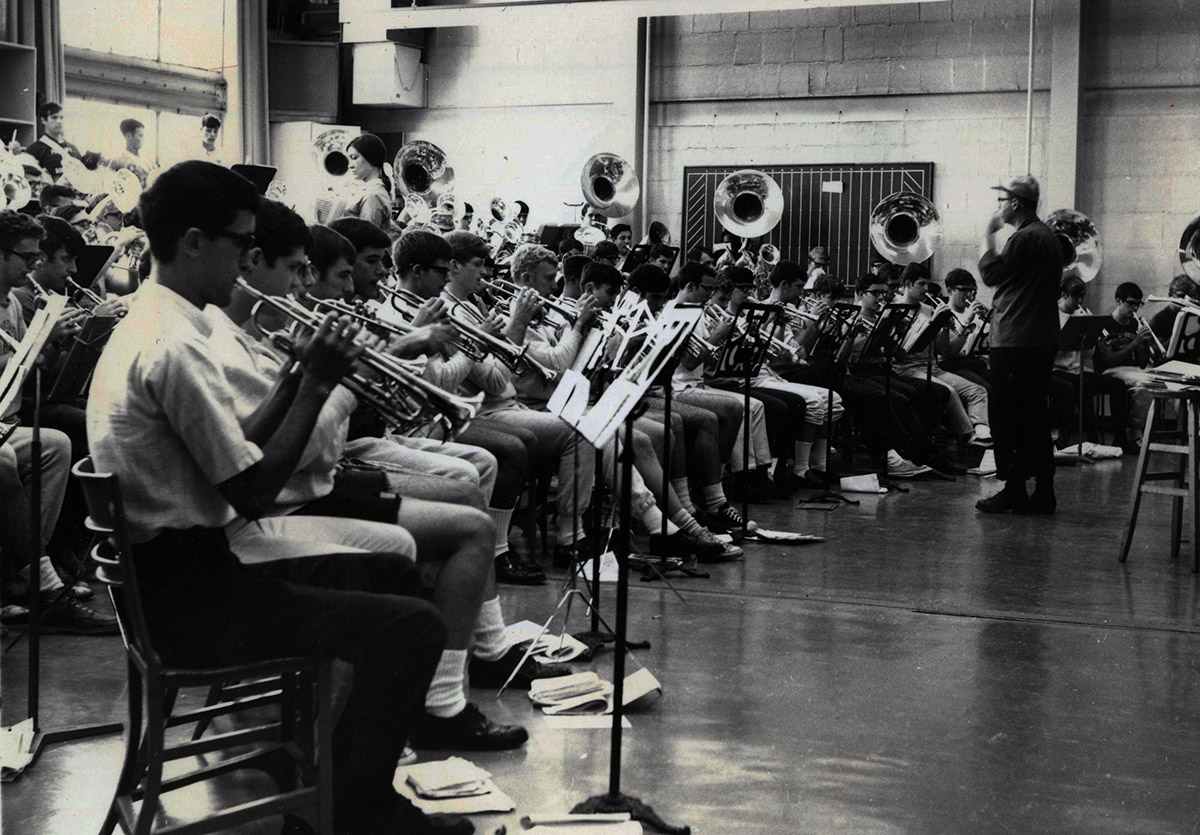
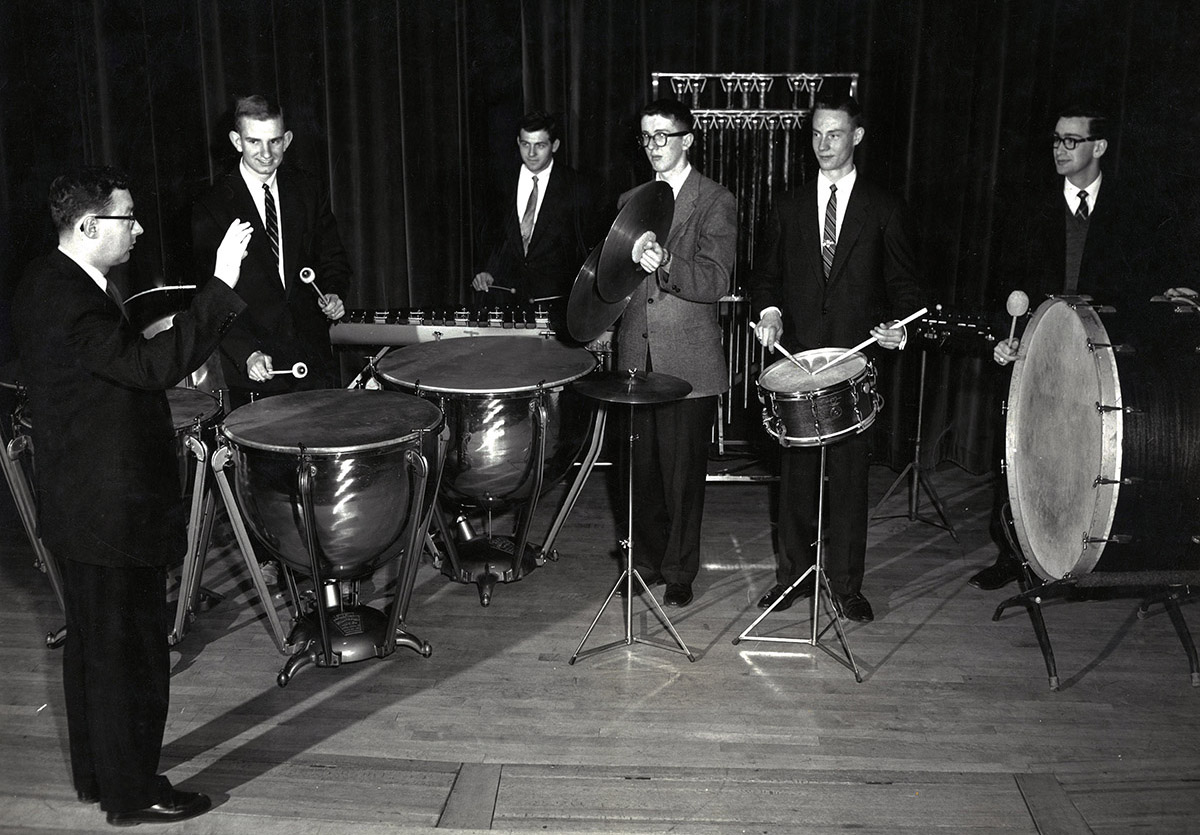
In a 2014 interview, Tatgenhorst recalled that it was a Thursday night and he was moonlighting at a local music store when Spohn called him and said: “Go ahead and arrange the son of a gun.”
The catch: The band needed it the next day.
Tatgenhorst estimated it took roughly four hours to arrange “Hang on Sloopy” for the marching band, crawling into bed around 1 a.m.
Though he was exhausted, he couldn’t shake the feeling that something was wrong with the piece. He got up and went back to work, changing the arrangement from the key of F to G-flat. To “give it another kick,” he added a modulation to heighten the drama before the refrain in one section and turned it in, bleary-eyed, later that day.
The band rehearsed “Sloopy” a few days later, and an assistant director called to congratulate Tatgenhorst.
The students in the band loved it.
The timing is dynamite: The McCoys’ “Hang on Sloopy” hits No. 1 on the Billboard Hot 100 list on Oct. 2, 1965 — exactly one week before the Ohio State marching band played it for the first time in Ohio Stadium.
If you watch today’s band closely, you see they mimic that same “Sloopy step” when it’s performed on the field. Dr. Christopher Hoch, an associate professor in the School of Music and director of The Ohio State University Marching and Athletic Bands, says incoming band members spend a lot of time mastering how to play the music and rhythm of the step.
“The music, while pretty simple, is difficult to put with the drill that we do with it. That Sloopy step is one of the most awkward, most difficult things that you can do,” Hoch says.
Today: A tradition for generations
Tatgenhorst would have been happy if the song survived the season. Neither he nor Spohn ever expected it to become a crowd favorite for decades to come.
It became synonymous with Ohio State and the state of Ohio, with the 116th Ohio General Assembly passing a resolution to make “Hang on Sloopy” the state’s official rock song on Nov. 20, 1985.
Today, you hear it played at professional sporting venues from Cincinnati to Cleveland, with fans there chanting “O-H-I-O” during the refrain. Music education programs teach it to students as early as fifth grade.
For Hoch, the “Hang on Sloopy” tradition originating with a student all those years ago is apropos.
“This program, everything we do around here, is for our students, and it’s ultimately them that put on the show. It’s them that gets the crowd to react, that plays the music, that supports the football team, all of those things. It’s about the students,” Hoch says.
“To have a student actually write this arrangement that has become so popular,” he says, “is certainly fitting and a tribute to what this program is really all about.”
